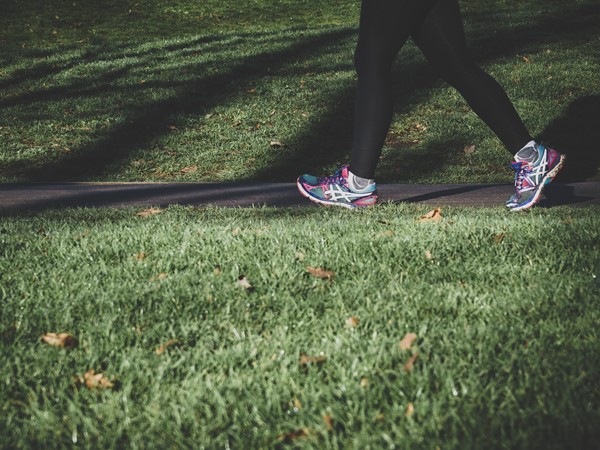What evidence is there that exercise can reduce the risk of contracting covid and reduce the risk of the severity of how badly you contract it?
Whilst studies of the relationship between physical activity and COVID-19 are still evolving and being looked at constantly, several studies have shown that individuals who consistently met government guidelines for physical activity were at a reduced risk of severe outcomes from the virus like ICU admission or even death. One study conducted by Robert Sallis and published in the British Journal of Sports Medicine found evidence that ‘consistently meeting physical activity guidelines was strongly associated with a reduced risk for severe COVID-19 outcomes among infected adults.’ It’s findings, alarming at best, concluded that ‘patients with COVID-19 who were consistently inactive had a greater risk of hospitalisation, admission to the ICU and death due to COVID-19 than patients who were consistently meeting physical activity guidelines. Patients who were consistently inactive also had a greater risk of hospitalisation, admission to the ICU and death due to COVID-19 than patients who were doing some physical activity.’ Following these findings, we would encourage everyone to try and incorporate at least 30 minutes of physical activity per day to reduce the risk of severe COVID-19 outcomes and even death. Particular risk factors such as ethnicity, weight and health conditions such as diabetes have shown to be strong indicators of contracting the disease. We are not, however, entirely sure how the virus will evolve. Groups may be deemed ‘higher risk’, but anyone can be affected by the virus. Exercise can protect us from many health issues, so it is logical that staying active acts as a preventative measure against severe COVID-19 cases. It is also possible that keeping healthy and active may provide your body with the resilience needed, if infected, to recover more effectively.






